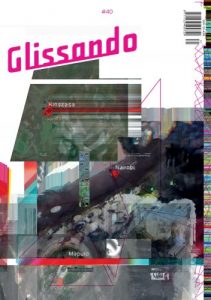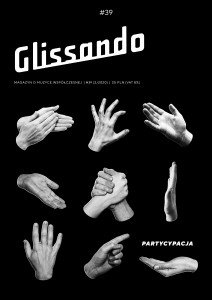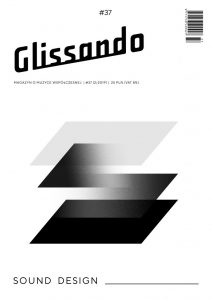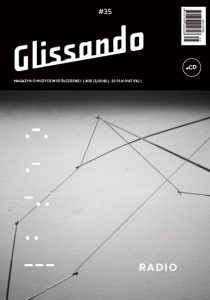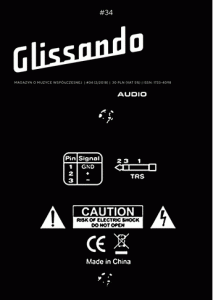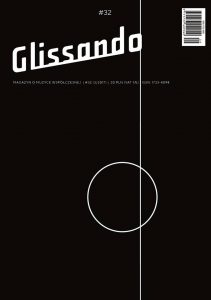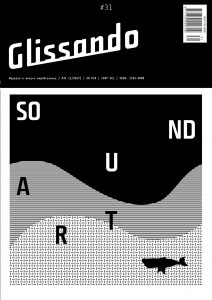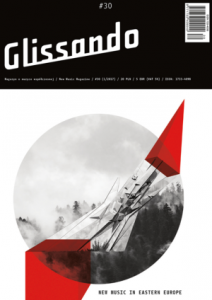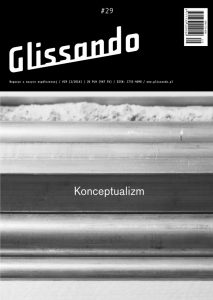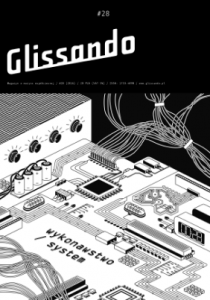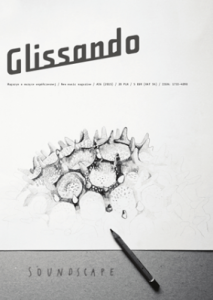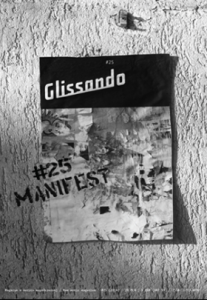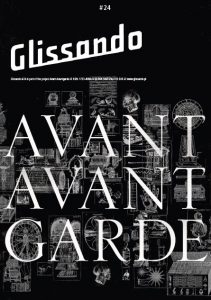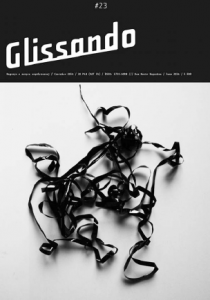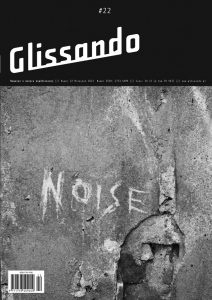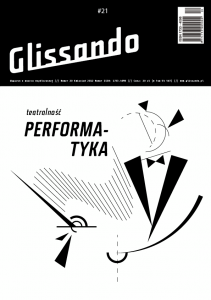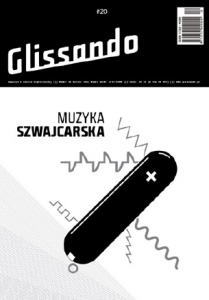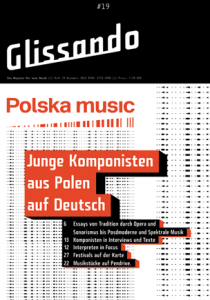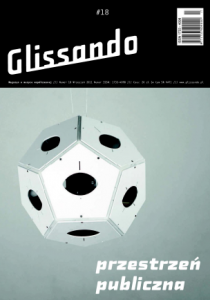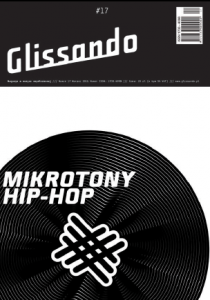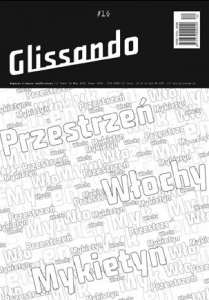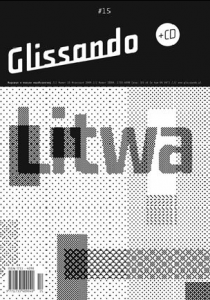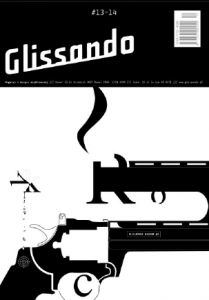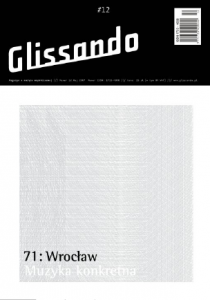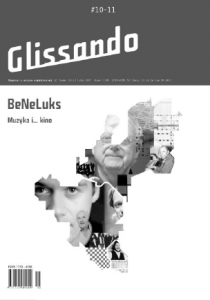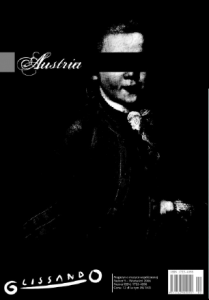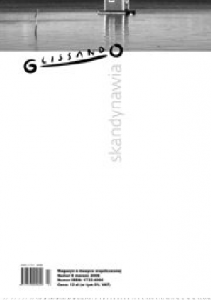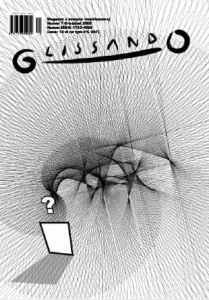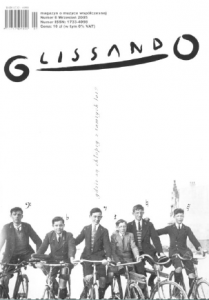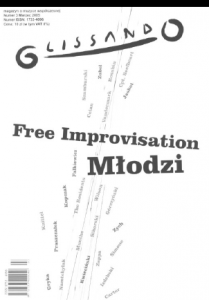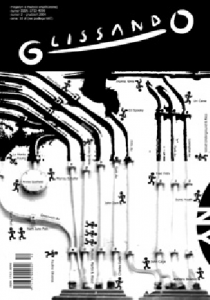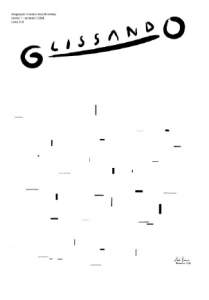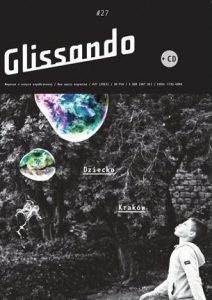
Glissando 27 / 2015 The Child PL/EN
The Child – a character still trivialized and kept on the margins of the artistic activities of “adults”; has recently taken its, maybe not first, but significant steps in the area of the so-called “culture of the Philharmonic” and in the contemporary art world in general. Events for children are an important part of renowned festivals; community centres worldwide hold more and more events designed for children, such as new music concerts, presentations of interactive installations, music workshops using electronic instruments, courses on computer composition, or even walks and games in sound gardens and musical playgrounds, which aim to develop ecological awareness and auditory skills through different forms of musical upcycling.
Thus we – under the managing editor Barbara Bogunia – take a non-infantile, serious, and broad look at the role of the child in contemporary music, education, performance studies and listening culture. We propose themes such as prenatal audiosphere and domestic acoustic environment, performative aspect of childhood games and plays, as well as the use of different media and technological tools in artistic education and original composition projects. We focus on a multisensory experience in art made by or for children, biologism and possible socio-cultural contexts of children’s activities at the intersection of everyday life and art. Everything in for chapters: Neurogry:sensoria, Gaworzenie, Zabawa i edukacja and english chapter Technologies and Music Education in Central-Northern Europe.
The 20th century was once proclaimed the age of the child. “Child in the arts of the 21st century”; is still a niche topic to be explored.
……………
KRAKÓW INTUICYJNIE – this section of the issue is devoted to Cracov improvisation scene. The section develops notions put at the center of the “child” section of the issue and shows how musical improvisation is built on intuitive foundations. The managing editor of that section is Krzysztofa Pietraszewskiego. Seven articles comprising that chapter trace the history of Cracow scene of musical experimentalism nad improvisation from Marek Chołoniewsk and Rafał Mazur, through Marcin Barski and Konrad Gęca to oraz Michał Dymny, Denis Kolokol and Philip Palmer (to name just a few).
Varia krakowskie is a strong addition to that section focusing on noise and blackmetal scene in the city.
G#27 ends with a cd from Bółt Records – „a document from lesson” created especially for the issue by Joanna Bronisławska and Wojciech Kucharczyk.




